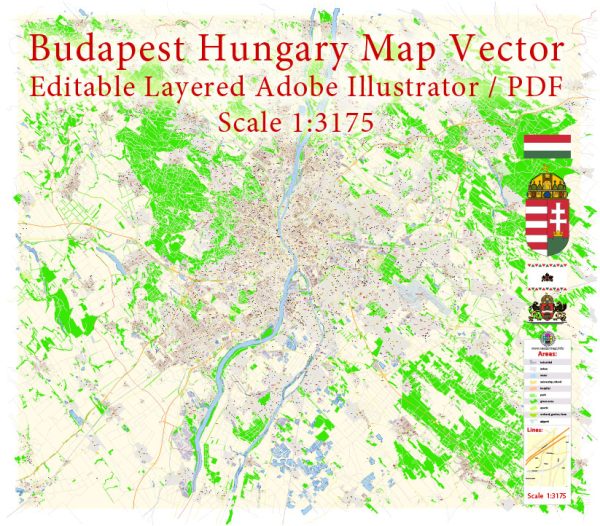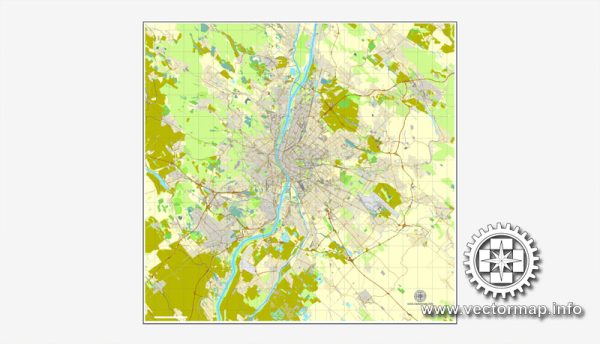Budapest, the capital of Hungary, is a city with a rich and fascinating history. Its history is marked by a series of distinct phases and influences, from its ancient origins to its status as a thriving European capital. Here is a brief description of Budapest’s history:
- Celtic and Roman Periods: The area that is now Budapest has been inhabited for thousands of years. The Celts settled here around the 1st century BC, and later, the Romans established the town of Aquincum. Aquincum was a significant Roman settlement, serving as the capital of the province of Pannonia.
- Hungarian Conquest: The Magyars, a group of nomadic people who would become the Hungarians, arrived in the Carpathian Basin in the late 9th century. They founded the Kingdom of Hungary in the early 10th century.
- Ottoman Rule: In the 16th century, Budapest fell under Ottoman rule. The city was known as Buda during this time, and it was an important part of the Ottoman Empire. The Ottomans held control over Buda for over 150 years, leaving behind architectural influences that are still visible in the city.
- Habsburg Rule: In the late 17th century, the Habsburgs of Austria drove the Ottomans out of Buda and united Buda with Pest, which was on the opposite bank of the Danube River. The two cities became one, known as Budapest. The Habsburg monarchy ruled Budapest and Hungary for centuries.
- 19th Century: Budapest experienced rapid growth and modernization in the 19th century. It became the political, cultural, and economic center of Hungary during this period. Iconic landmarks such as the Hungarian Parliament Building and the Chain Bridge were constructed.
- World War I and Interwar Period: Following World War I, the Austro-Hungarian Empire dissolved, and Hungary became an independent nation. Budapest continued to flourish culturally and economically during the interwar years.
- World War II and Soviet Occupation: Budapest was heavily damaged during World War II, particularly during the Siege of Budapest in 1945. After the war, Hungary fell under Soviet influence, and Budapest became the capital of the Hungarian People’s Republic.
- Post-Soviet Era: Hungary transitioned to a democratic republic in 1989, and Budapest regained its status as the capital of a sovereign nation. The city has since embraced democracy, capitalism, and has undergone significant urban development.
- European Union and Modern Era: Hungary joined the European Union in 2004, and Budapest has become a thriving European capital known for its vibrant culture, historic architecture, and vibrant arts scene.
Today, Budapest is a popular destination for tourists, offering a blend of history, culture, and natural beauty. It’s known for its thermal baths, historic sites like Buda Castle, and the stunning Hungarian Parliament Building. Budapest’s history has left an indelible mark on its character and architecture, making it a city with a unique and captivating heritage.



 Author: Kirill Shrayber, Ph.D.
Author: Kirill Shrayber, Ph.D.